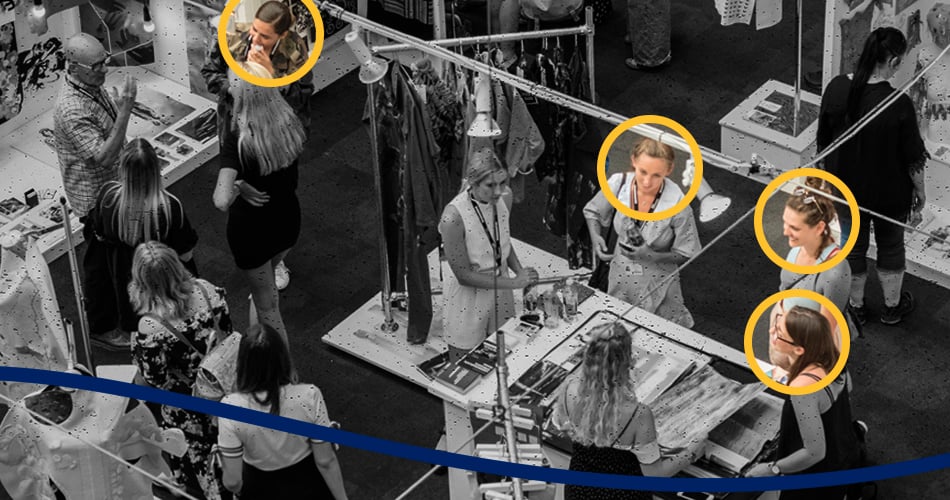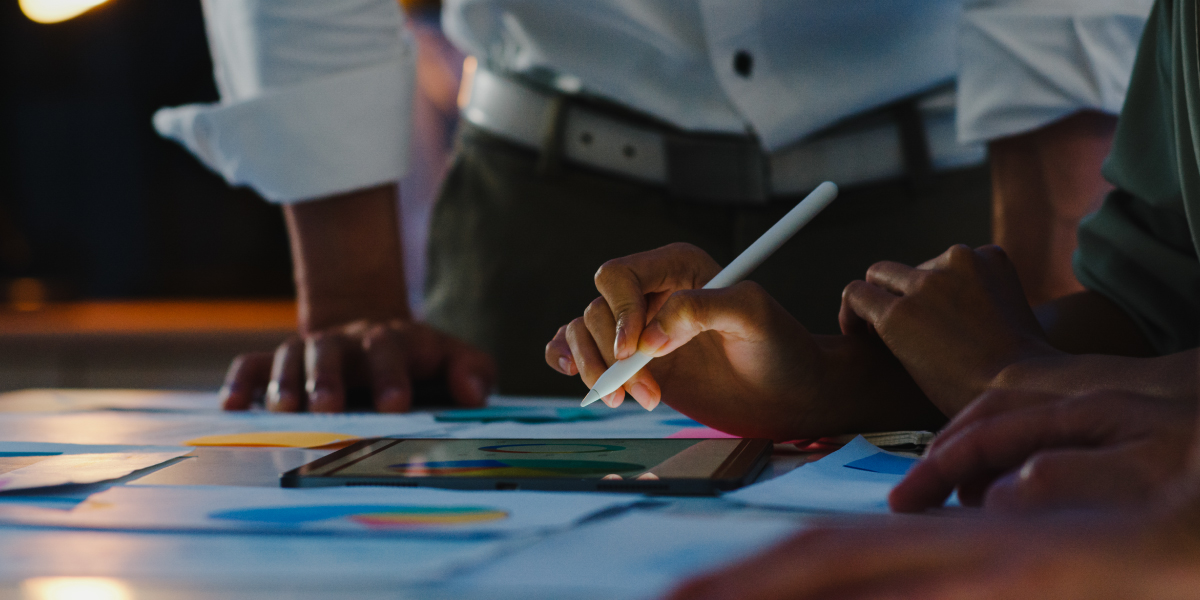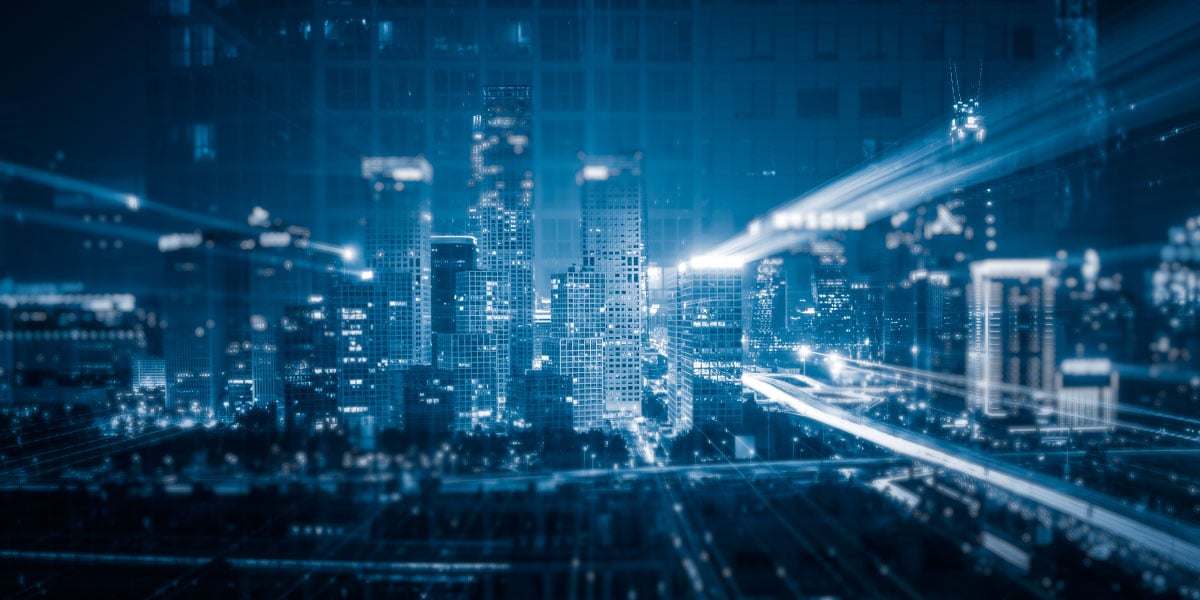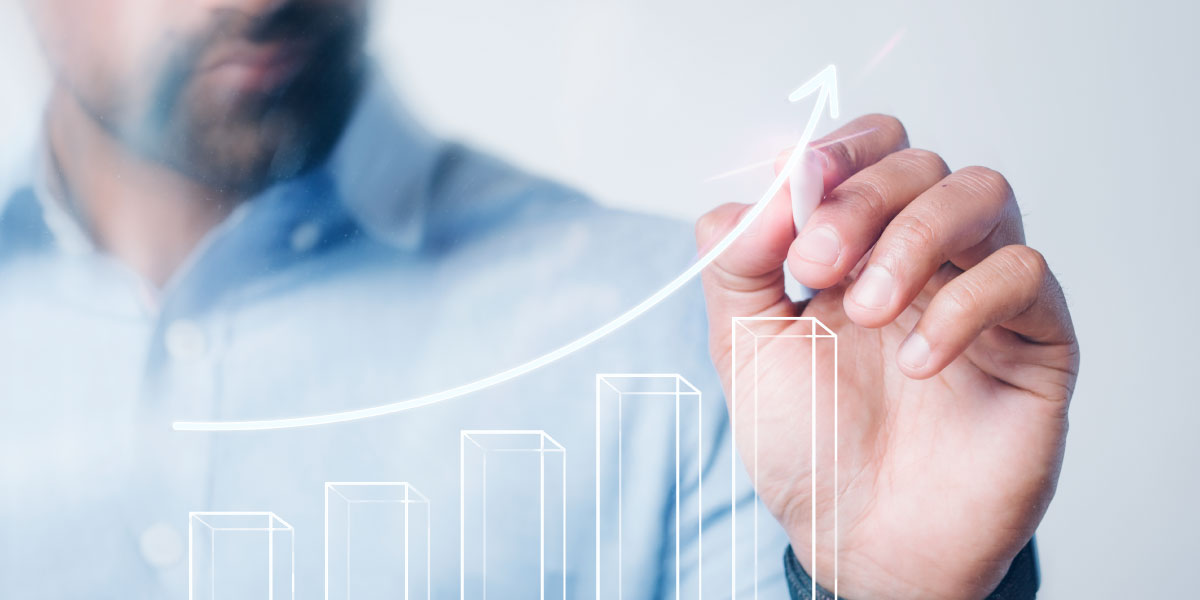Do You Know Who Has Visited Your Store Today?
 Zoox Smart Data - 6 de February de 2020.
Zoox Smart Data - 6 de February de 2020.
When business is going well, it is hard to know who is visiting your store. Peak and holiday seasons make recognizing your customers more challenging. What if companies implemented facial recognition in the retail setting?
The consultancy, MarketsandMarkets, estimates that facial recognition in retail stores already handles more than US $ 3.3 billion at retail. The amount invested should approach $8 billion by 2022. So, what are the benefits of this technology and its main applicability in retail?
How Does Facial Recognition Work in Retail?
First, one must understand the application of this technology in this segment. Collected personal data, scanned documents, and stored images are the things that complete the customer’s master record in the store system. The facial recognition system receives these details from the database for future utilization.
The technology will make a detailed examination of the person’s face patterns and encode this information into a digital numerical encrypted sequence. Your personal information attaches to the sequence, which makes it the identity for the system. So, every time, the system will recognize when the camera reads these patterns.
Making Retail Growing: Practical Applications
Everyone knows that the ease to pay translates into more sales. It is becoming increasingly common for merchants to accept payment via facial recognition. No cards, no boxes, no queues – just select the product on the totem pole than ready, is paid!
The owners of e-commerce already have recognition solutions that make it possible to track the habits of their customers. Some examples include information regarding how long customers usually stay in the store and their most frequently observed products. The technology allows us to understand customers’ behavior and habits in physical stores.
In the retail industry, the use of facial recognition enables real-time mapping of those who manage the establishment. For example, it allows us to understand a consumer reaction to a gondola. With facial expression, it is possible to analyze the level of interest for products.
The perception of these details is important to meet customer expectations, maximize sales and influence loyalty. For instance, if 90% of the Millennial women visiting Barnes & Noble between 5 pm and 7 pm, you can use visual content to customize the store at that time.
Case: Boticário and Facial Recognition Tools
Boticário Group is a company that develops a customer identification tool for facial recognition. The project will depend on the accession of consumers participating in the loyalty program of The Apothecary. With the feature, the attendant will have available data from previous purchases and also navigation in group sites.
“One of the challenges is how to use this data because we can not be invasive. But we have given much, and we have to enrich the consumer profile to offer things that make more reference to individual needs it. We are no longer in phase the customization, but the customization,” says Artur Grynbaum, Chairman of Boticário Group.
The director continues: “When she enters the room, I know: this is so and so. The store consultant receives information on the phone. I’ll have a person’s purchase history with us and even a product of interest that it has sought on our sites. And how to do this without being invasive? The use of the data is a challenge. We can not be intrusive. “







Comments